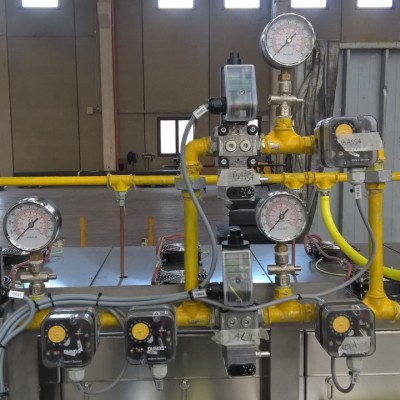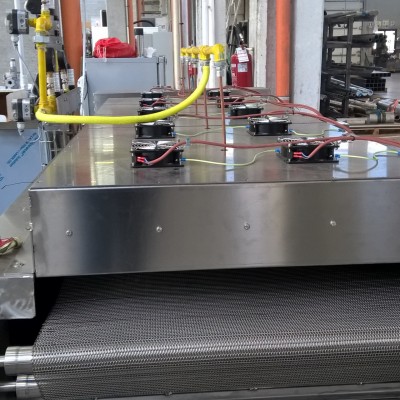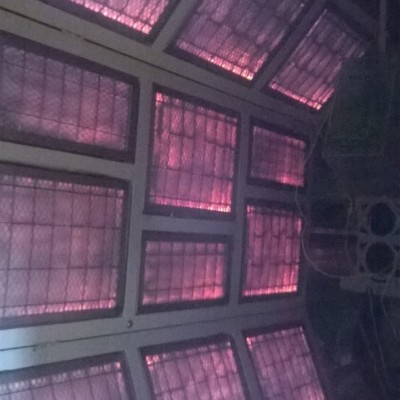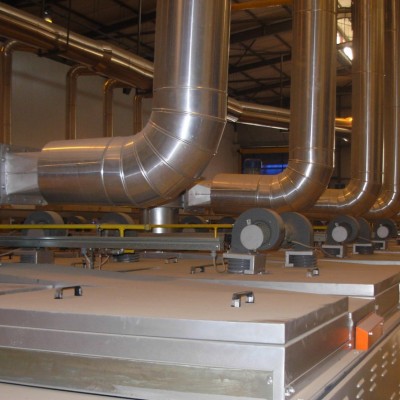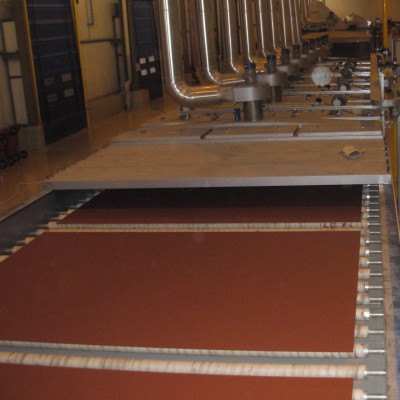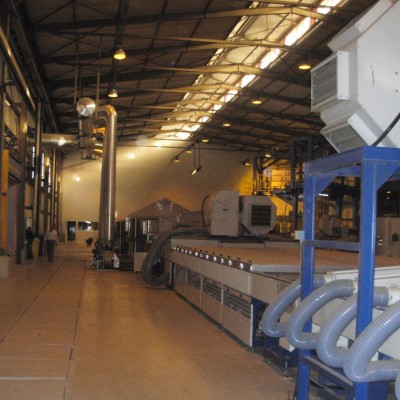Aricat produces catalytic panels that operate through catalytic gas oxidation and that emit heat in form of infrared energy.
Catalysis is the combustion of gas without flame generation that takes place at low temperatures.
This is an exothermic reaction that produces heat in the form of infrared (IR).
This reaction occurs between the fuel gas, which flows inside the burner, and the oxygen of the surrounding atmosphere, that is the oxidising.
Catalytic combustion has an efficiency of 98.50%.
We have a technological know-how in the catalytic treatment of raw materials (ceramic fibers, quartz fibers and metal surfaces) with different deposition techniques and we also use basic and/or precious metals.
Our technology, with the use of promoters, consents a large dispersion of noble metals which allow a long lasting and effective catalytic action, in fact sintering is avoided even during working at high temperatures.
Precious metals are known for their high efficiency in the complete oxidation of carbon monoxide and VOCs (organic substances present in the gaseous phase).
Thanks to its experience, Aricat has developed oxidative catalytic converters treated with precious metals and deposited on monolithic ceramic and / or metal honeycomb structures.
The use of these converters is one of the most important factors for improving the environment, as they allow to oxidize the VOCs produced during pyrolysis and they are also used to kill unpleasant smells.
We are also able to produce ceramic supports of different sizes at different cell density, treated with variable percentages of precious metals in order to reach a good compromise between the pyrolytic treatment of VOCs and the smell of unpleasant odours.
The main advantages of this catalytic technology are:
- Absence of flame, therefore there is a high level of security with the consequent possibility of operating in areas potentially explosive
- Low installation, operation and management costs
- High speed of treatments: speed of starting and working times with an elevated increase of productivity
- Respect of the environment / VOCs dejection, in fact catalytic combustion only generates carbon dioxide and water vapor
- We’re able to break down solvents, alcohol and other polluting chemical compound, as as they are decomposed to the molecular level
- The temperature is modifiable: there is the possibility of adjusting it, so the treatments are specific (from 180 ° to 650 °)
- High power density (optimum ability to transform energy into heat) to save space, costs and energy
- Short cooling times
- Rapid and uniform diffusion of heat across the surface



